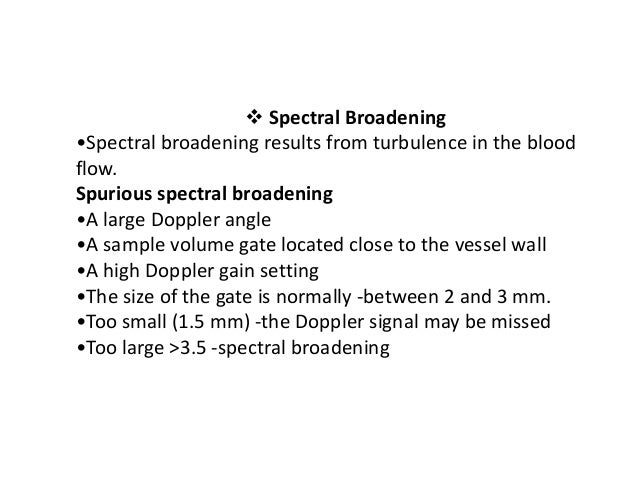

Besides the absence of flow on Doppler examination, a pulsatile or rocking flow pattern is seen in the distal CCA proximal to the site of occlusion. There are important secondary signs of ICA occlusion. Prominent collateral vessels may be seen from ECA branches. The vessel may be small in size in a chronic occlusion. Fresh thrombus is hypoechoic and may require increased gray-scale settings to visualize. Echogenic material may be seen filling the lumen of the artery in subacute or chronic occlusion. (Check the flow direction.) Finally, look at the occluded vessel from several transducer approaches, including the transverse plane, before concluding that flow is absent. Do not mistake the highly damped arterial flow signals for venous flow. Remember, pulsed Doppler is more sensitive than color Doppler for the detection of slow- or low-velocity flow. No flow is seen on the spectral (pulsed Doppler) display at low PRF settings. Thorough interrogation of the vessel lumen with an ample sample volume is required.Ĭarotid occlusion is recognized on Doppler studies as the absence of blood flow in the carotid artery with color, power, and pulsed Doppler. Similarly, the pulsed Doppler gain, PRF, and wall filter must be adjusted to detect blood flow in the vessel.

The color gain, color velocity scale, or pulse repetition frequency (PRF) and color wall filter must be optimized for slow flow to assess for patency. Careful optimization of the color, power, and pulsed Doppler is essential for the correct diagnosis. Optimization of transducer frequency and position is important to assess the carotid vessels. Flow is identified in the internal carotid artery, which is supplied from the external carotid artery. A color Doppler image shows absence of blood flow in the common carotid artery ( arrow). Flow reverses in the collateral ECA branches and remains cephalad in the ICA.įIGURE 10-1 Common carotid artery occlusion. 5 The ICA may remain patent in spite of CCA occlusion ( Figure 10-1), because collateral supply to the ICA develops through the ipsilateral or contralateral ECA branches. CCA occlusion is frequently accompanied by stroke or other neurologic events but may also be encountered in the absence of neurologic symptoms. The incidence of CCA occlusion occurs approximately one-tenth as often as ICA occlusion 5 but is sufficiently common to be seen in a typical community-based vascular practice. Most occlusions in the carotid system occur in the internal carotid artery (ICA), but occlusion also may occur in the common carotid artery (CCA) or external carotid artery (ECA). Patients may be acutely symptomatic or asymptomatic during presentation. 1 – 4 In this section, we review the findings and pitfalls associated with confirming the presence of a carotid artery occlusion.Ītherosclerosis is by far the most common cause of carotid artery occlusion, but fibromuscular dysplasia and arterial dissection (discussed later) are additional causes. Absence of blood flow in the carotid artery may be related to low-flow state, poor Doppler sensitivity, limited visualization of the carotid artery, near-total occlusion, or carotid occlusion. Review of the technical parameters must be performed to avoid pitfalls and misdiagnosis. The diagnosis requires careful evaluation of the occluded segment as well as the inflow and outflow vessels. The finding of carotid occlusion carries significant clinical implications since this diagnosis precludes therapeutic options, including endarterectomy and stent placement. Distinguishing a complete carotid artery occlusion from a subtotal carotid artery occlusion is one of the most important differential diagnoses made during a carotid evaluation.


 0 kommentar(er)
0 kommentar(er)
